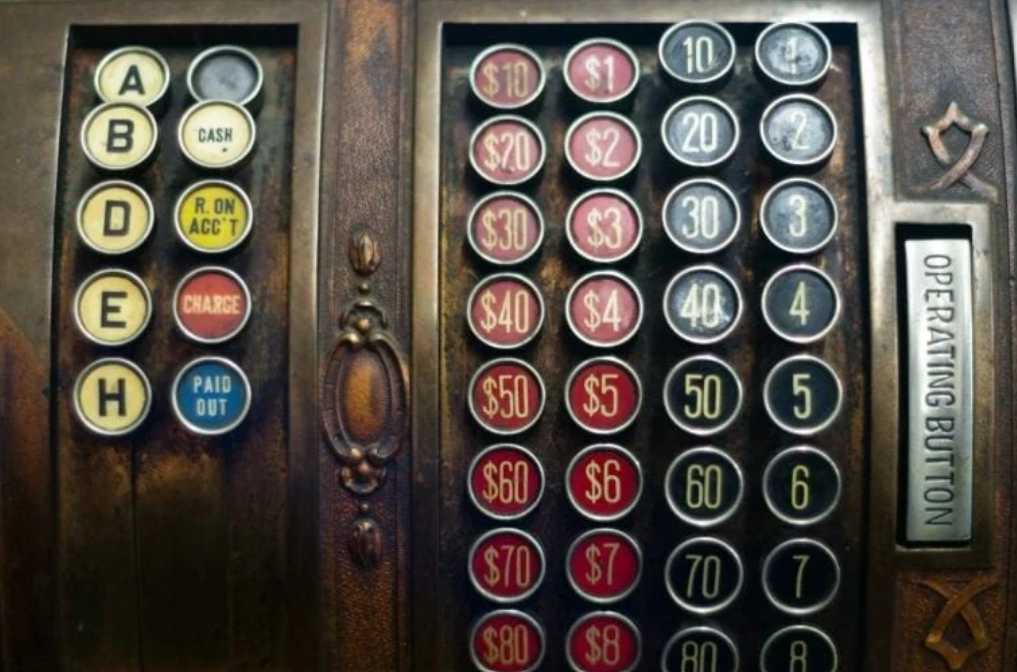 The Spring 2024 issue of Food & Dining Magazine is now available in all the familiar places: Louisville area eateries and food shops, newsstands and online.
The Spring 2024 issue of Food & Dining Magazine is now available in all the familiar places: Louisville area eateries and food shops, newsstands and online.
Yes, the recent Wendy’s pricing kerfuffle (“we said surge, we meant dynamic — wait, it’s all a misunderstanding”) was thoroughly entertaining.
Speaking only for myself, I avoid fast food out of general principle (maybe White Castle once a year as an exercise in nostalgia), and it’s been probably 10 years since I ate at a Wendy’s, and twice as long for McDonald’s. A few years back on a road trip, I was compelled to make an exception and “dine” at Culver’s, which galled me tremendously.
As that fellow Poe once wrote: Quoth the Raven, “Nevermore.”
Consequently, for almost five minutes I reveled in the public embarrassment that Wendy’s brought on itself, until it became obvious that the big wig’s faux pas was a de facto stalking horse in chainland. He apparently drew the short straw and mumbled vague truth in public, and now the rest of them have a better idea of how to inject Dynamic Surge Capitalism into their factory-farmed menus.
They can be my guest, but perhaps background is merited. After all, I’d prefer my denunciations to be factual.
According to Wikipedia, “Dynamic pricing, also referred to as surge pricing, demand pricing, or time-based pricing, is a revenue management pricing strategy in which businesses set flexible prices for products or services based on current market demands.”
Salon offers a this clarification:
Although surge pricing and dynamic pricing are often used interchangeably, they have slightly different definitions. Dynamic pricing refers to any pricing model that allows prices to fluctuate, while surge pricing refers to prices that are adjusted upward.
Over at Louisville Business First, Andy Medici ventures the ultimate verdict.
Wendy’s ‘dynamic pricing’ drew backlash, but experts say the concept is here to stay
The idea of raising prices at peak times is far from new. Airlines and hotels long have charged more at times of high demand, and companies like Uber Technologies Inc. have upped the stakes with up-to-the-minute analytics to determine what a fare should be.
Expect more of that in the years to come.
“With the rise of AI technology, surge pricing is becoming more prevalent,” said Joseph Camberato, CEO at online lender National Business Capital. “We’ve seen it in ride-sharing apps like Uber and in the airline industry. As more businesses explore digital platforms, I suspect we’ll see even more experimentation with surge pricing.”
The biggest advantage is that it maximizes profits during periods of high demand. It also can help companies manage additional costs for staffing and any resources needed during high-demand times.
There oughta be a law, right?
Photo credit: “Old cash registers: How they were invented, plus see 20 vintage registers,” at Click Americana.























